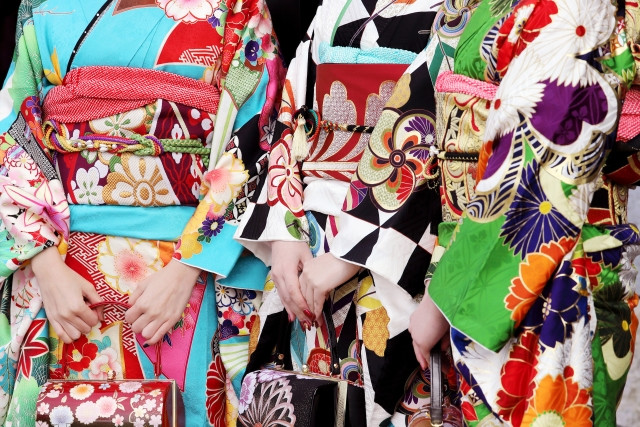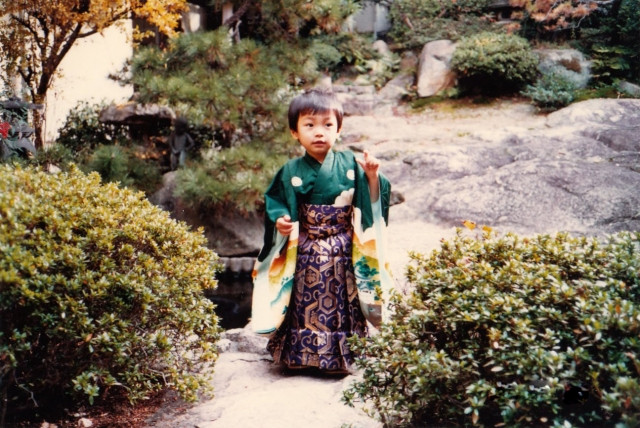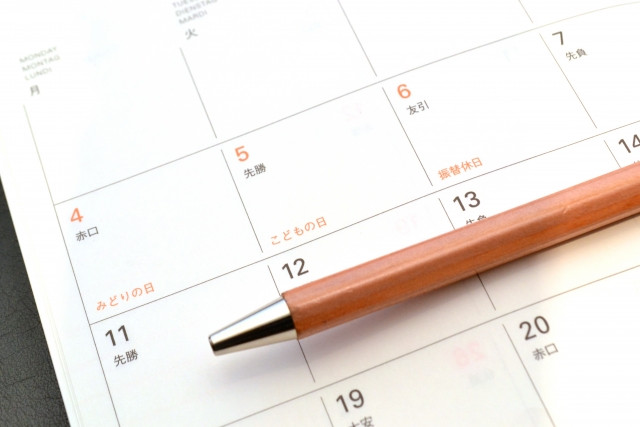National holidays are a nice and sometimes random break from the busyness of everyday life at work and school. Each country has unique holidays and Japan is no exception! If you live in Japan or happen to be in Japan for these holidays, make sure to partake in the festivities!
Table of Contents
Japanese Holidays
Throughout the year, the nation has 16 national holidays; thus, schools, other institutions, and workplaces are closed, giving the day off to their employees and students. While some are simply treated by the general public as a nice day off without much thought as to why it’s a day off, some of the holidays have something significant to celebrate, making them unique events to take part in every year. There are also holidays that are observed (without days off) that are unique to Japan. Knowing more about them would not only increase cultural understanding and appreciation but give people an opportunity to seek out and take part in the festivities.
Writer's Pick
Unique Japanese Holidays
Here are just some of the culturally significant holidays in Japan.
Coming of Age Day

Coming of Age Day or 成人の日 (Seijin no Hi) was established in 1948 as an annual event significant to every person who have turned 20 years old, essentially entering adulthood. It is observed on the 2nd Monday of January. A person will participate in the Coming of Age Ceremony for that year if they turned 20 after April 1 of the previous year or they will turn 20 before April 2 of the current year.
The Coming of Age Ceremony, called the 成人式 (seijin shiki) is usually held at a local school or city hall. Most men participate in the ceremony wearing suits, while women wear special kimonos with longer sleeves called 振袖 (furisode). This ceremony celebrates the new adults and reminds them to take full responsibility for every action they make as adult members of society.
※ Cabinet Office, Government of Japan, "About National Holidays" ※ Kids Web Japan, "Coming-of-Age Day"
Hinamatsuri (Girl’s Day/Doll's Festival) - Observed Holiday
Observed annually on every third day of March in Japan is Girl’s Day or the Doll’s festival, known as ひな祭り (Hinamatsuri) in Japanese. The family celebrates the girls in their family by displaying Hina dolls, presenting the royal family members and other participants in court, each wearing traditional garments inspired by the Heian period, placed on a red carpet.
During the Heian era, the Japanese ancestors believed that dolls had the capacity to exorcise bad spirits and actually drifted them in the river to be washed out into the sea. This practice eventually became a ritual to exhibit the dolls and peach blossoms in their household as a decoration, although some places still do the doll-floating rituals.
Girls are often celebrated by their family during this day to pray for their joy, victory, and well-being. Special colorful foods are often eaten on this day as well, including chirashizushi.
This isn’t a day off for the public, however, as usually it is only celebrated within the family and perhaps at school in some cases. People who don’t own their own hina dolls can take a peek of the thousand-doll displays in the Tomisaki Shrine in Chiba.
Shichi-go-san (Seven-Five-Three) - Observed Holiday

Shichi-Go-San is a Japanese holiday observed every November 15 of the year, where three and seven-year-old girls, and three and five-year-old boys are the highlights of the event. Odd numbers are treated as special in Japan; thus, they celebrate the children of these ages, praying for success, growth, and an abundant future.
A common origin theory is that because the mortality rate for children was quite high in the old days, this was a way to celebrate the fact that the children were able to live this long and to pray for their health in the coming future as well.
Families often dress the children that are these ages in special traditional garments and visit the shrine to pray and take photographs as a memoir. If you visit a shrine on this day or any weekend close to it, you are bound to see lots of children and their families celebrating in this way. November 15 isn’t a day off for the general public, however.
Respect for the Aged Day
As the name implies, Respect for the Aged Day or 敬老の日 (Keiro no Hi) in Japanese, is to recognize Japan's venerable citizens for their great contributions to society. It is held on the 3rd Monday of September. During this occasion, individuals pay a visit to the seniors as a sign of respect — a few volunteers in neighborhoods might prepare food to give to the elderly. People often pray for their long life and good health, and sometimes, they present unique gifts and host parties to mark the event.
Environmental and Wellness Holidays in Japan
Japan is renowned for its scenic nature. It is a mark of a good society by establishing holidays dedicated solely to nature and its citizens' wellness. It also encourages eco-therapy by giving people time to go out and enjoy nature away from the city.
Midori no Hi (Greenery Day)
Emperor Hirohito was known for his love of plants; thus Midori no Hi, also known as Greenery Day or Arbor Day, was established in memory of him. It is held on May 4 as part of Golden Week, a cluster of national holidays in May. The National Land Afforestation Campaign's main event is held during this holiday, with the royal family's presence. The Emperor and Empress plant trees and seeds every year on this day. Many zoos and parks that require a fee are free this day, so people often go out and enjoy those perks.
Umi no Hi (Ocean Day)

This holiday is celebrated annually on the third Monday of July; however, in 2021, the date was modified to Thursday,July 22, to accomodate for the Tokyo Olympics.
Umi no Hi itself - which can be translated to Ocean Day, Sea Day, Marine Day - was established in 1996 as a national holiday to honor the sustenance offered by the oceans and seas in Japan as an island nation with a huge fishing industry. National aquatic museums and aquariums organize activities to commemorate the day; furthermore, Japan’s Maritime Self-Defense Force display their ships to mark the date. Many people head to the beach so it’s a fun day to celebrate at sea, but it’s a day to avoid the coastal areas if you don’t want to get caught up in the crowds.
Yama no Hi (Mountain Day)
This is a newly established national holiday, held every August 11 since 2016. However, it was changed to Monday, August 9 in 2021, again because of the Olympics like Umi no Hi above. Japan has lots of mountainous regions; many of which are tourist attractions. This holiday celebrates the mountains as important parts of Japan as a nation and people often go hiking on this day.
Sports no Hi (Sports Day)
Sports day or スポーツの日 (Sports no Hi) was first established in 1996 as 体育の日 (Taiku no Hi - Health and Sports Day) as a memoir of the first day of the first Olympics held in Tokyo and in Asia. It is usually held on the second Monday in October, and there are often events aiming to promote, nurture, and develop people's overall wellbeing through physical activities. Sports Day, renamed from Taiku no Hi in 2020 for the Tokyo Olympics, was changed to Friday, July 23 in 2021, again to correlate with the Tokyo Olympics. It will be the day of the Opening Ceremony.
Summary

Japan houses extraordinary holidays that even include interesting activities, demonstrating the importance of the Japanese traditional histories and beliefs, honoring rituals, practices, and essential persons from the past. Furthermore, the country never forgets its numerous natural resources by appropriately giving appreciation back where it is due. If you find yourself in Japan on any of the above holidays, take a moment to appreciate the significance behind it and the celebrations held on those days!
And check out our related articles:
A Look at the Japanese Calendar and Shukujitsu & Saijitsu: Preserving Culture Through Holidays

















 (2).png)














